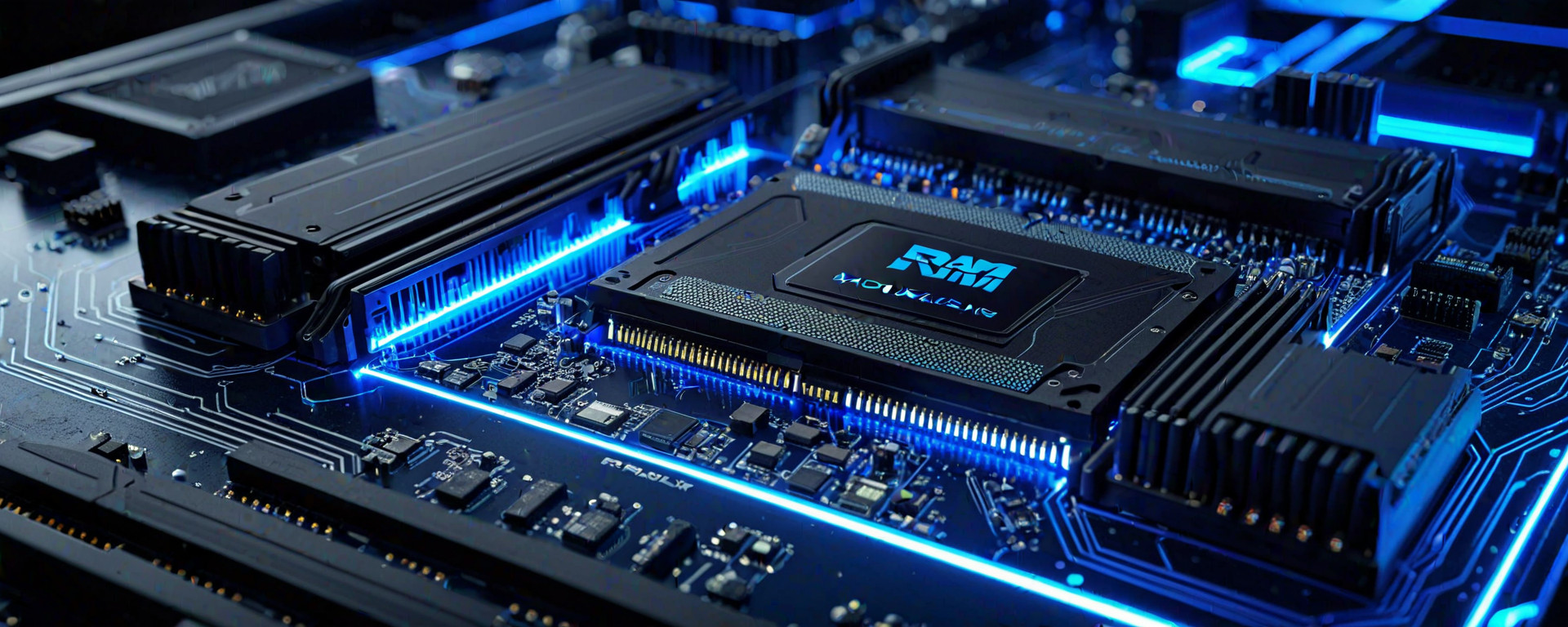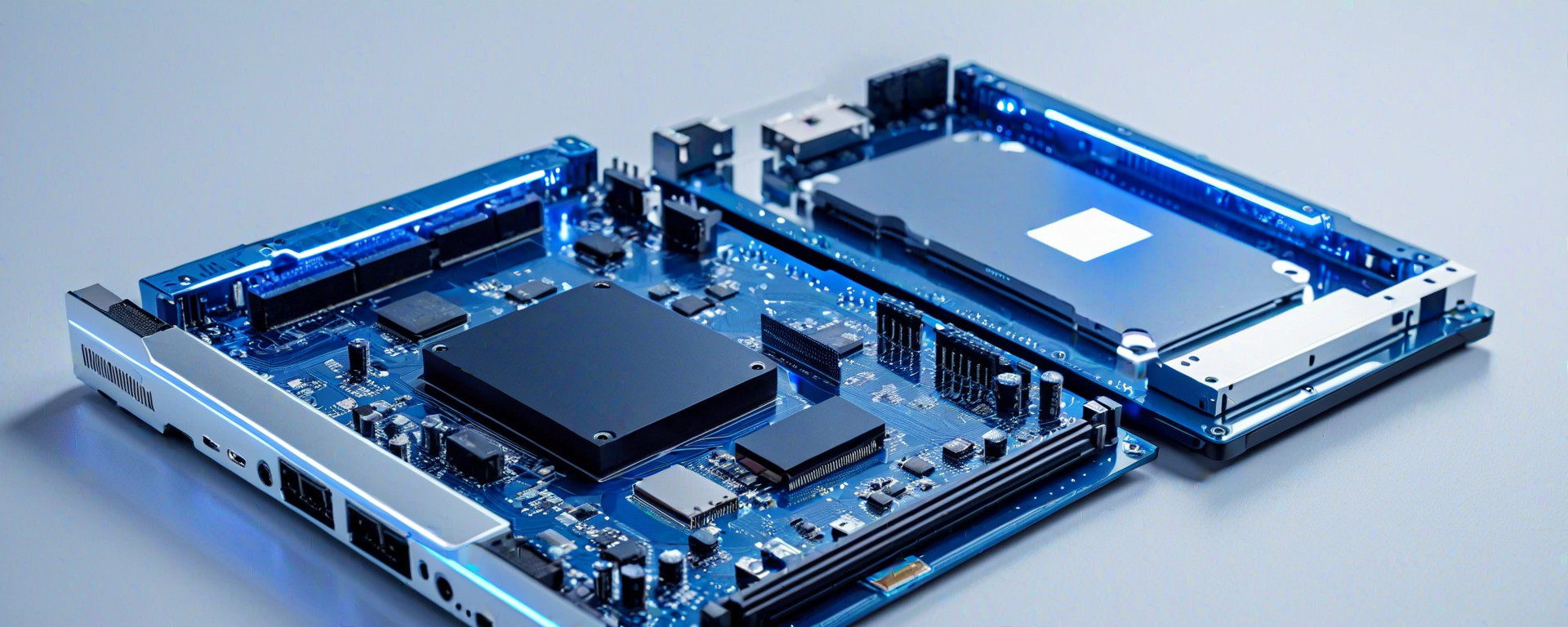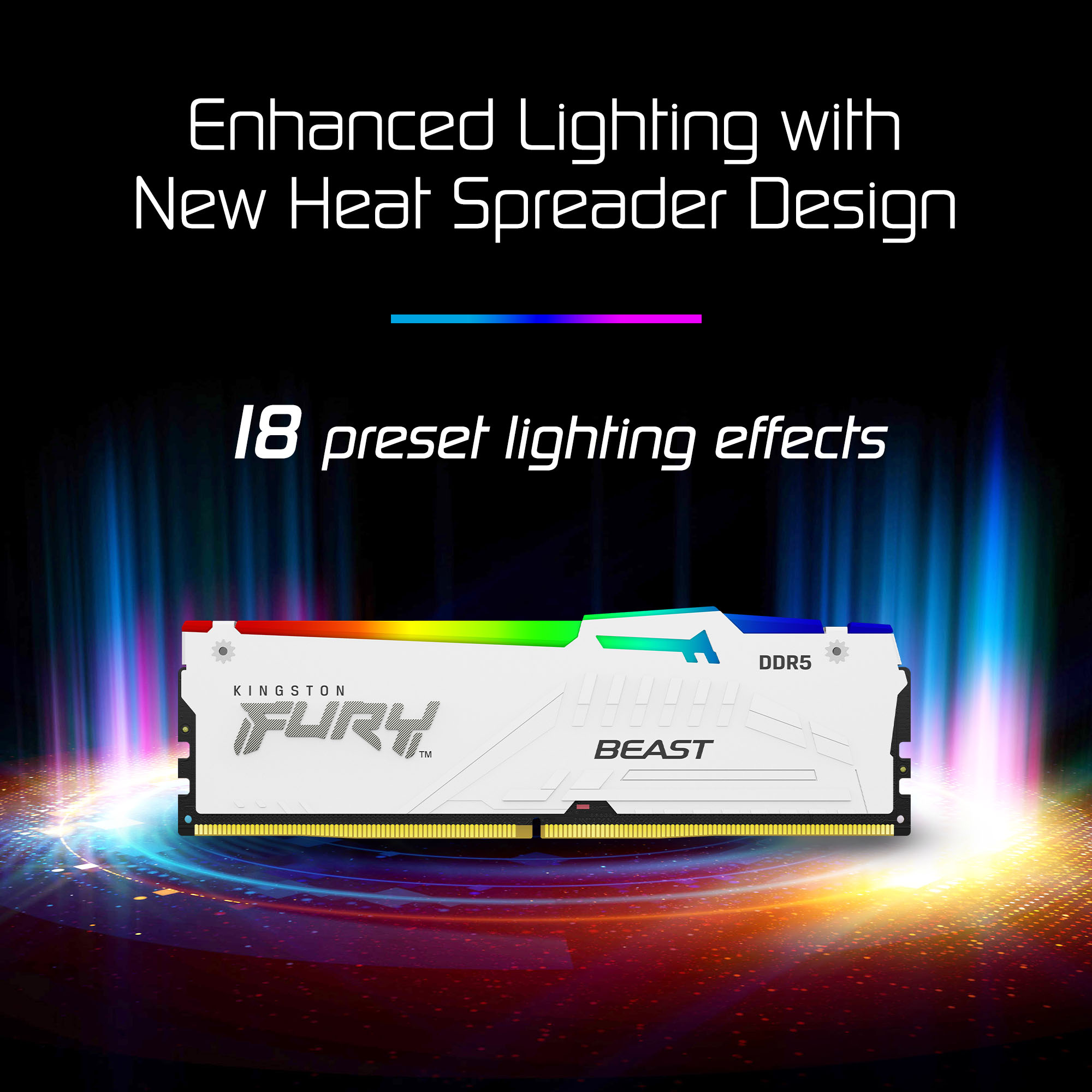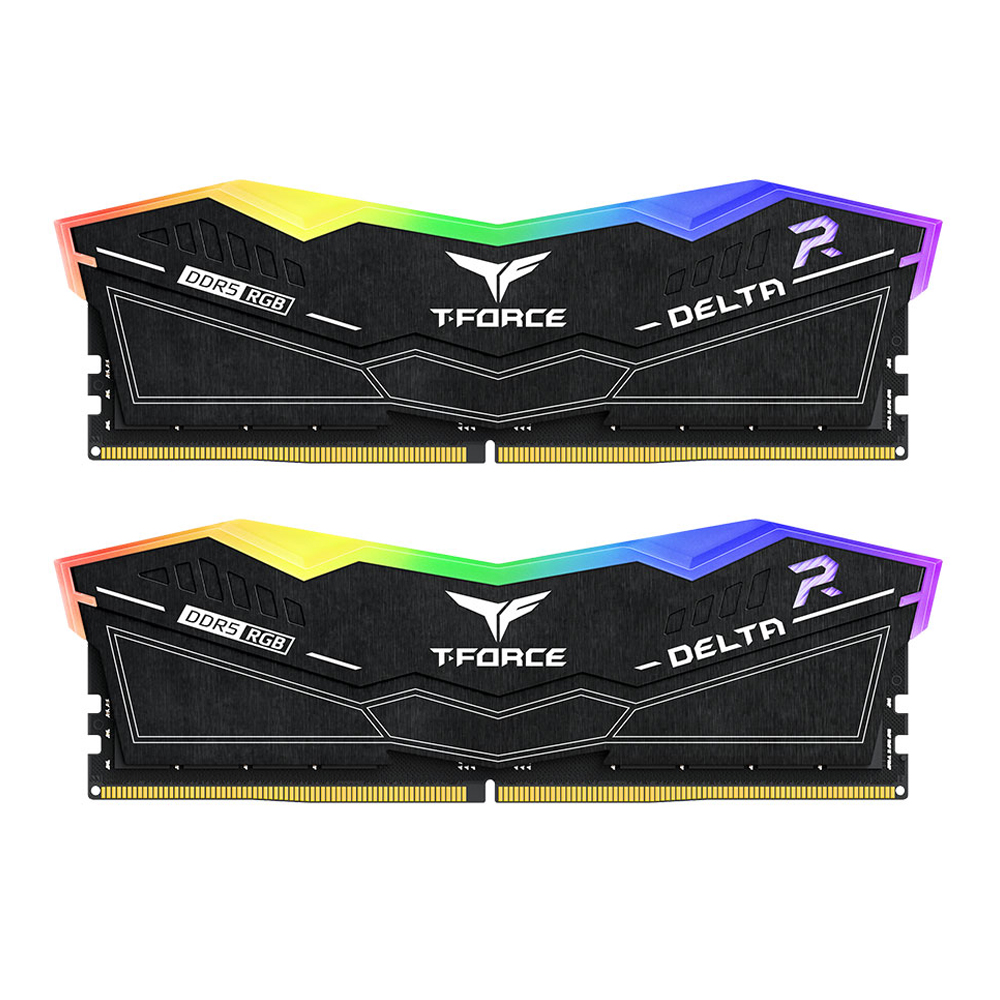Introduction
In today's fast-paced digital world, computing systems must perform complex tasks efficiently to meet user demands. At the heart of this efficiency lies a crucial component known as Random Access Memory (RAM). RAM acts as the system’s short-term memory, allowing applications and processes to run smoothly without lagging or freezing. Understanding the importance of RAM is essential for anyone looking to enhance their computer's performance.
This article delves into the intricacies of RAM, explaining its role in multitasking and overall system speed. We will cover various types of RAM, their technical specifications, and how they impact real-world usage scenarios. By the end of this guide, you'll have a comprehensive understanding of why choosing the right RAM is crucial for optimizing your computing experience.
Understanding RAM Basics
RAM Definition:
- RAM (Random Access Memory) is volatile memory that temporarily stores data and instructions while the computer is running.
- Data in RAM can be accessed randomly, meaning any byte of information stored can be retrieved without touching other bytes first.
RAM vs. Hard Drive:
- RAM is much faster than a hard drive or solid-state drive (SSD).
- While RAM stores data temporarily for quick access, SSDs/HDDs store data permanently.
Types of RAM
DDR SDRAM:
- Double Data Rate Synchronous Dynamic Random Access Memory (DDR SDRAM) is the most common type used in modern computers.
- It transfers data twice per clock cycle, making it faster than earlier types like SDR SDRAM.
DDR4 vs. DDR3:
- Speed and Bandwidth: DDR4 offers higher speeds (2133 MHz to 3600 MHz) compared to DDR3 (800 MHz to 2133 MHz).
- Density and Power Consumption: DDR4 supports larger memory modules with densities up to 128 GB per module, while also consuming less power.
RAM in Multitasking and System Speed
Multitasking Capabilities:
- More RAM allows for better multitasking. With sufficient memory, you can run multiple applications simultaneously without noticeable performance degradation.
- Each application running on your computer uses a portion of the available RAM, and having more RAM ensures that there is enough space to accommodate all open programs and processes.
Impact on System Speed:
- Adequate RAM enables faster data access speeds, reducing wait times for loading applications or switching between tasks.
- Lack of sufficient RAM can lead to frequent disk swapping (using virtual memory), which significantly slows down system performance.
Choosing the Right RAM
Compatibility:
- Ensure that your motherboard supports the type and capacity of RAM you plan to install. Check the specifications provided by the manufacturer.
Density and Speed:
- Select a density (amount of memory) based on how many applications you run simultaneously.
- Choose speed according to your needs, balancing between performance requirements and budget constraints.
Technical Specifications
Module Capacity:
- Density ranges from 4 GB to 64 GB per module for DDR4 RAM.
CAS Latency (CL):
- A measure of how quickly the memory can respond to requests. Lower CL values mean faster response times.
Real-World Usage Scenarios and Case Studies
Scenario 1: Gaming on a Budget:
- A user with a budget gaming setup could benefit from 8 GB of DDR4 RAM to ensure smooth gameplay without excessive lag.
Scenario 2: Professional Video Editing:
- For professionals working with large video files, 32 GB or more of RAM is recommended to handle the memory demands of high-resolution rendering and editing software.
Case Study: Performance Upgrade
Background:
- A professional photographer experienced frequent system crashes while working on large RAW image files.
Action Taken:
- The user upgraded from 8 GB of DDR4 RAM to 16 GB, noticing a significant improvement in stability and performance during image editing tasks.
Comparison Table: DDR3 vs. DDR4 vs. DDR5
| Type | Speed Range (MHz) | Density (GB per Module) | Power Consumption (W) | Latency (CL) |
|---|---|---|---|---|
| DDR3 | 800 - 2133 | 4 - 16 | 1.5 - 2.5 | 7 - 11 |
| DDR4 | 2133 - 3600+ | 8 - 64 | 1.2 - 1.5 | 15 - 32 |
| DDR5 | 4800+ | 16 - 128 | 1.1 - 1.3 | N/A (Under Development) |
Performance Metrics and Benchmarking
Benchmark Tests:
- CPU-Z, AIDA64, and SiSoftware Sandra are popular tools for measuring RAM performance.
Metric Interpretation:
- Higher scores in benchmark tests indicate better overall memory performance.
Troubleshooting Common Issues with RAM
Issue: System Crashes or Reboots:
- Check for physical damage, ensure proper seating of modules, and verify compatibility settings in BIOS/UEFI.
Solution: Overclocking:
- Overclocking RAM can increase performance but requires careful adjustment to avoid instability or hardware failure.
Future Trends and Innovations in Memory Technology
HBM (High Bandwidth Memory):
- A stacking technology that increases the bandwidth while reducing power consumption, commonly used in GPUs for better performance and efficiency.
DDR5:
- The next generation of DDR memory, promising even higher speeds and lower power usage.
Conclusion
Selecting the right RAM is crucial for optimal system performance and multitasking capabilities. Understanding compatibility, density, speed, and technical specifications will help you make an informed decision tailored to your specific needs.
Frequently Asked Questions (FAQs)
- What are the main differences between DDR3 and DDR4 RAM?
- Differences include higher speeds, increased density, lower power consumption, and improved performance in DDR4 compared to DDR3.
- Can I mix different types of RAM modules (e.g., 8 GB + 16 GB)?
- Mixing modules can work but may require setting identical timings in BIOS/UEFI, and there might be slight performance penalties due to mismatched speeds.
- How do I upgrade my RAM?
- To upgrade your RAM, ensure compatibility with your motherboard, purchase the correct type and capacity, power off the system completely, open the case, install the new modules by pushing them into their slots until they click in place, and then reboot.
- What are the benefits of upgrading from DDR3 to DDR4?
- The benefits include higher speeds, better energy efficiency, and improved performance for modern applications and workloads.
Note: Always refer to your system’s documentation or consult with a professional if you encounter any difficulties during the upgrade process.





